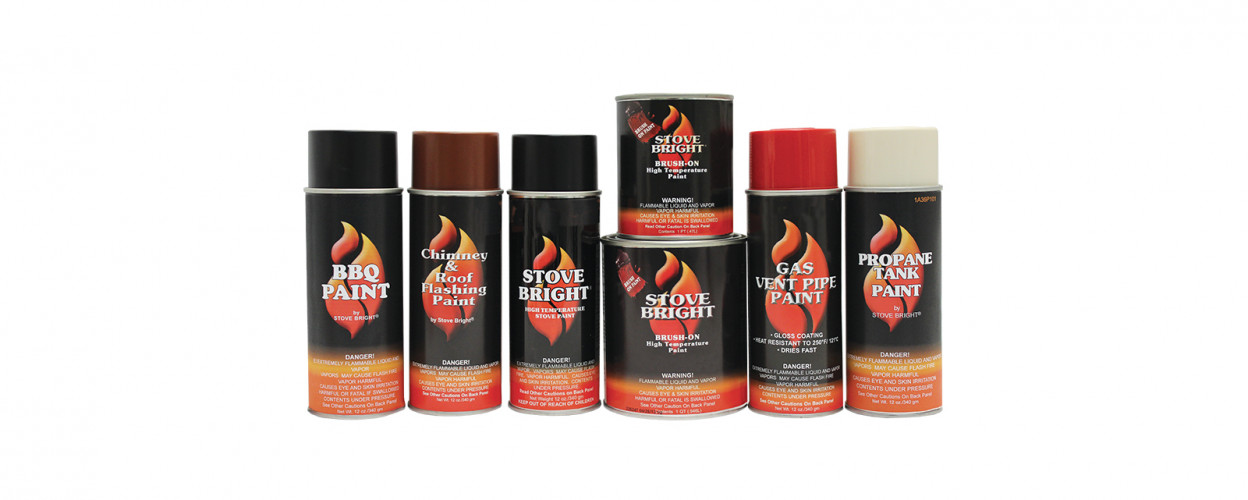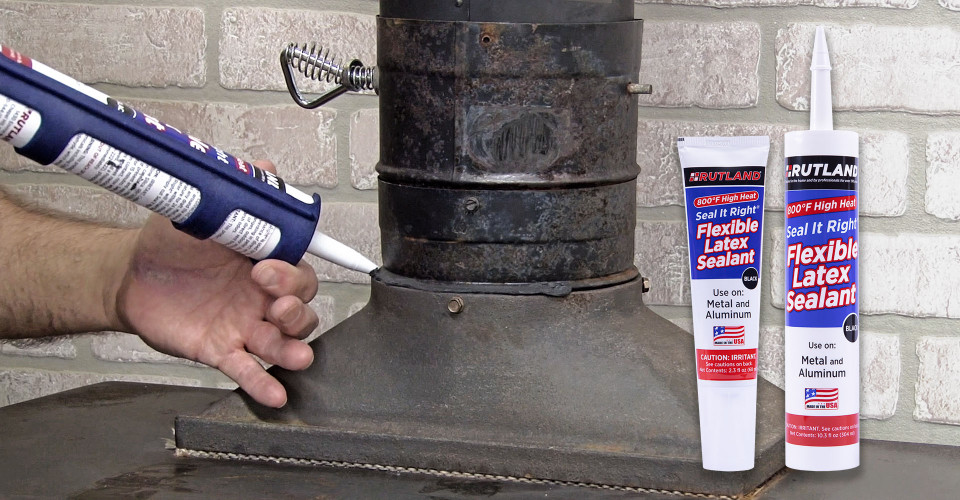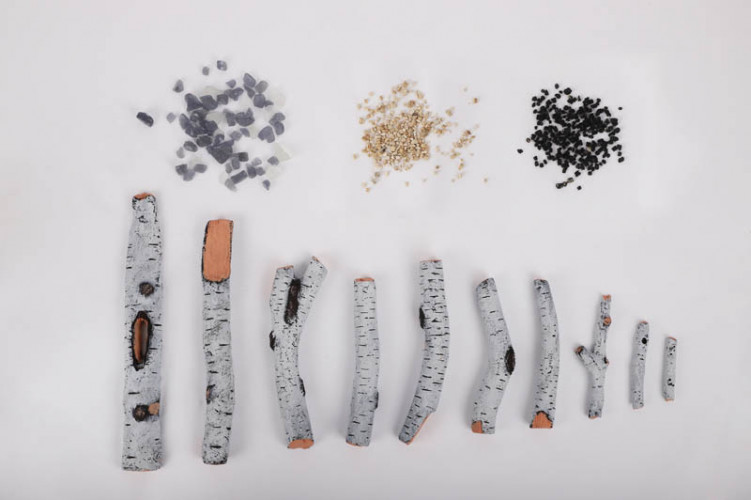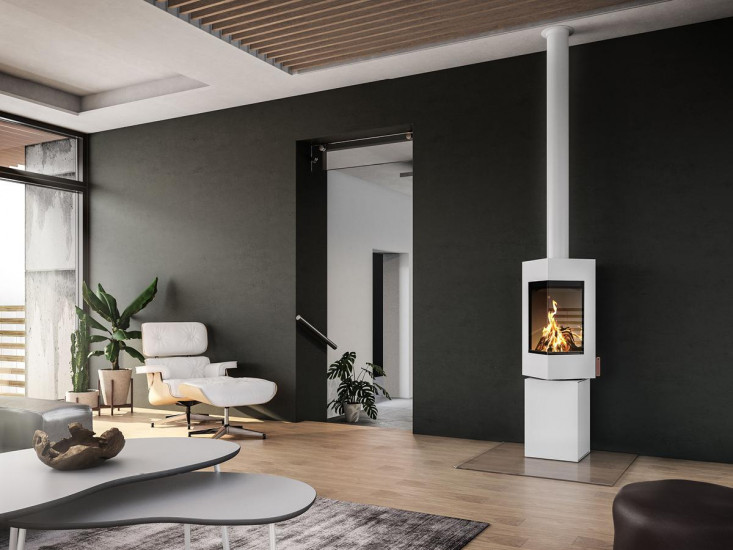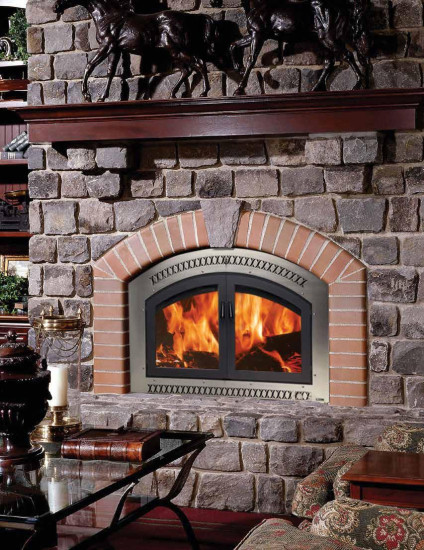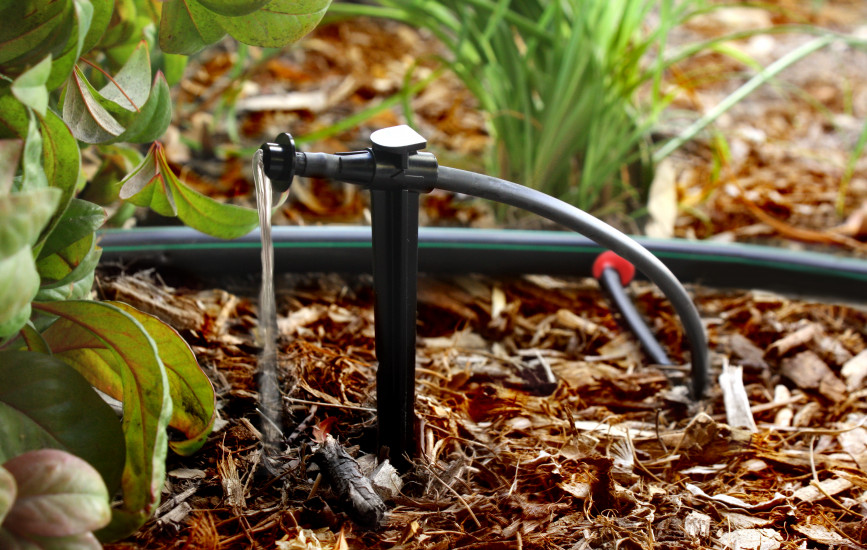Helping you Thrive with the Elements
The Firebird has grown to become one of the largest retailers of indoor and outdoor living products in the western United States. You'll find what your home needs for premium indoor and outdoor decor, lighting, heating, irrigation and more at The Firebird.
Fireplaces & Stoves • Outdoor Living • Irrigation & Landscape
View Products by Category
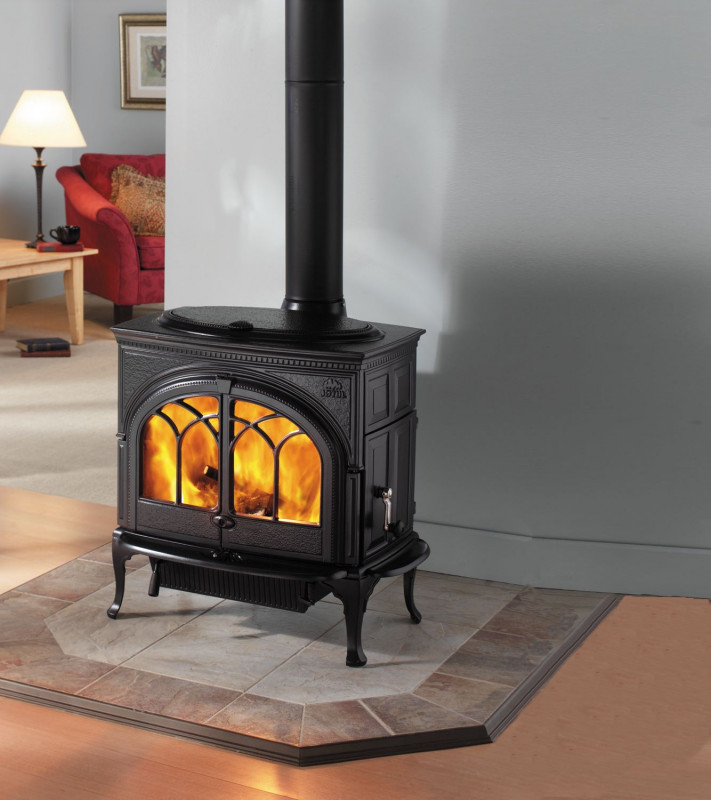
Fireplace & Stoves
We stock gas and electric inserts, pellet stoves, wood-burning fireplace accessories, gas log sets, outdoor water tanks, and rain barrels in Santa Fe. Our experienced staff are here to share their knowledge and have industry experience in home heating sources. We want to talk with you, and help pick out the right fireplace for you!
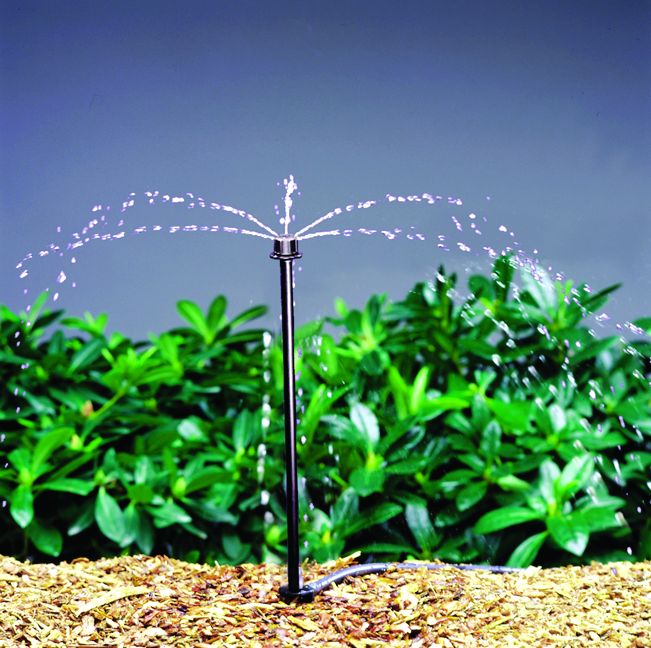
Irrigation & Landscaping
In addition to our fireplaces & stoves and outdoor kitchens priced for any budget, we provide a well-stocked selection of drip irrigation parts and professional-level irrigation & landscaping supplies. From the large to the small, we’ve got it all — from small-diameter PVC tube fittings for irrigation, to drip line hoses and channel drains!
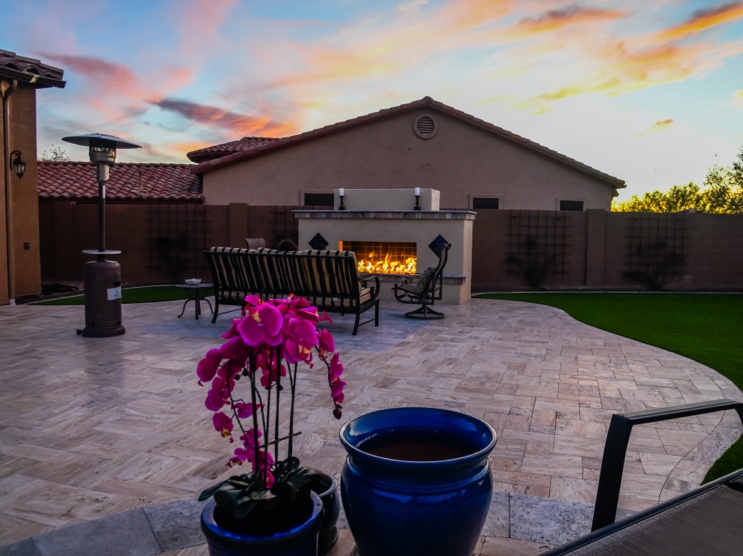
Outdoor Living
The Firebird offers so many hearth outdoor products to choose from! We are one of the largest hearth dealers in the Rocky Mountain Region because we’ve got the inventory on hand. We’ll help you heat up your outdoor living spaces.
We’ve got everything indoors and outdoors to enhance the enjoyment of your living spaces through all the different seasons.
Visit us today at The Firebird, the leading New Mexico stove, fireplace, and irrigation supplier.
We’ll help you thrive with the elements!
Other Products
that We Offer
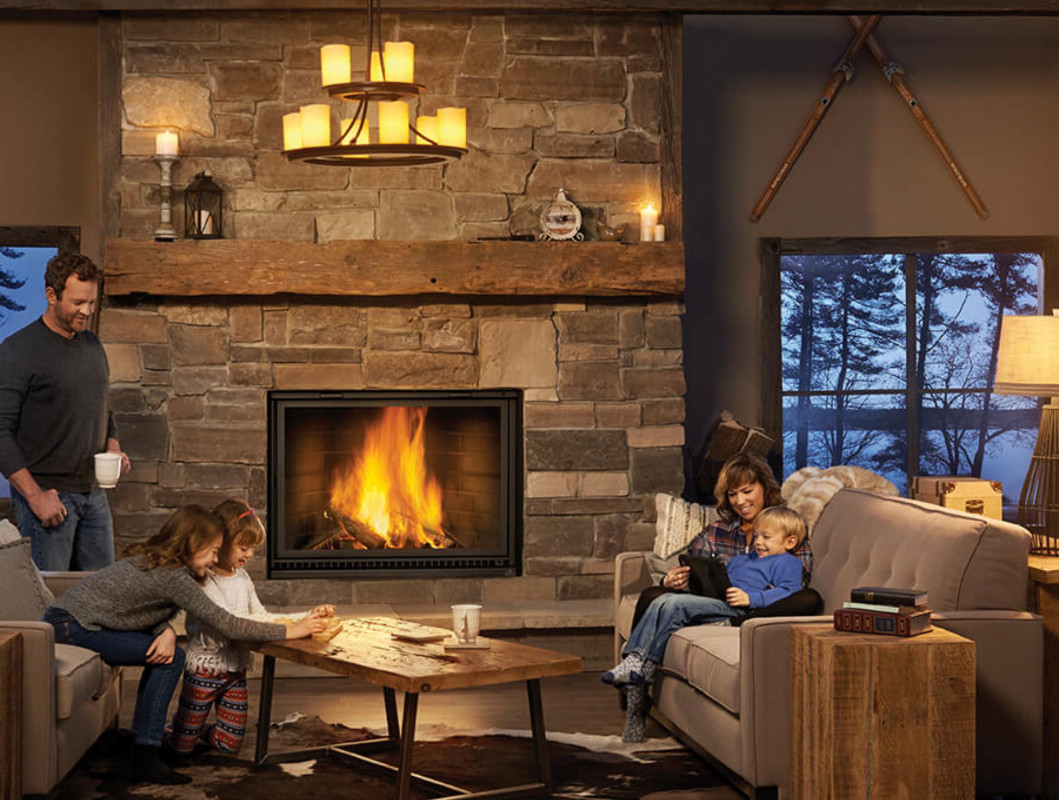
What Our Customers Say
My wife and I have bought several stoves from the Firebird...the folks at Firebird have been helpful and knowledgeable. Their delivery people are careful and professional and their stoves are of high quality.
Tom F. / Customer in Santa Fe, NM

What Our Customers Say
Wonderful service! Firebird patiently troubleshooted my new gas fireplace, when it was heating fine but not dancing with beautiful flames. They came over several times until it was fixed and it is absolutely stunning now.
Brook E. / Customer in Santa Fe, NM

What Our Customers Say
Hugely happy with the Firebird as I transitioned from a wood-burning fireplace with a gas assist to a fully gas fireplace. The process with The Firebird was very easy and methodical starting with selection of artificial logs, to new bi-fold doors, to installation of the gas lines which include a remote control to start the flow of gas without having to deal with a pilot. Excellent workmanship at each level (including sub-contractors) and new fireplace looks and works fabulously.
Nicoll D. / Customer in Santa Fe, NM

What Our Customers Say
What a pleasure!!! The new owner, David, and his son, Sage are the most customer service oriented, friendly, professional and accommodating people we've dealt with in a very long time! We're well into our 70s and have dealt with innumerable businesses and people over the decades. It's a treat to find folks who run their business the way everyone should. Customer care seems to have become a forgotten "art" but not at The Firebird. We recommend them highly!
MacKenzie A. / Customer in Santa Fe, NM

What Our Customers Say
I've been buying my irrigation supplies for my business at Firebird since they opened in the old store. Everyone is most helpful and pleasant, but the real advantages are the level of knowledge of their employees and the quality of what they sell. Thank you for all you do to assist your customers.
Connie D. / Customer in Santa Fe, NM
